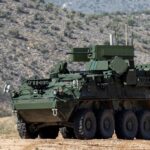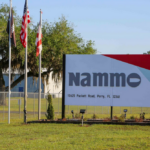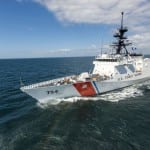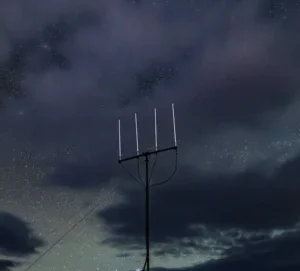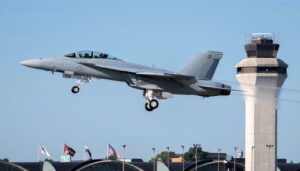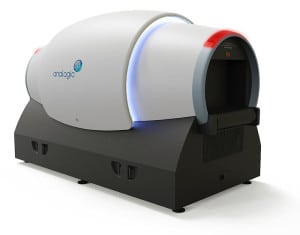
The Transportation Security Administration (TSA) on Monday outlined its general plans to begin deploying more sophisticated scanning systems to airport checkpoints in the coming months to screen carry-on bags, marking a significant milestone toward improving security and making life easier for travelers.The agency said it plans to have up to 40 computed tomography (CT)-based screening carry-on baggage screening systems installed at a number of U.S. airports this year, and 16 more at federal testing facilities. By the end of fiscal…

 By
By 
